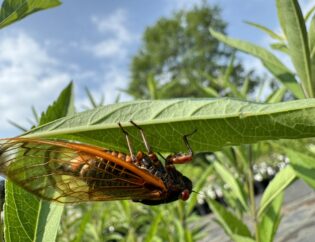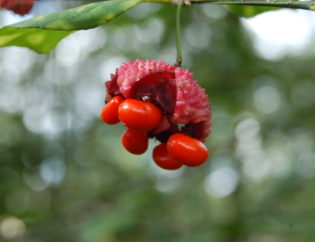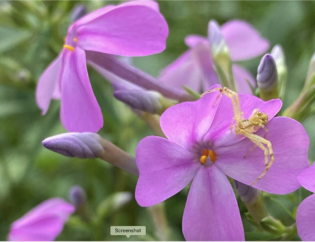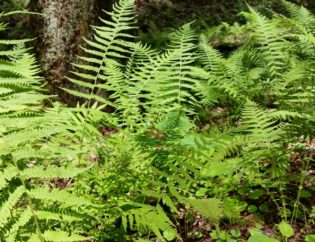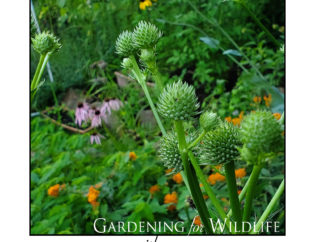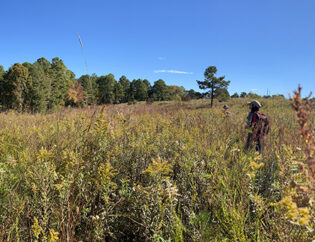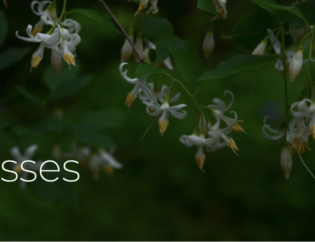
Each of the orange flags in the photo above is a kuzu root, about 4.5-6 inches across. Each of those roots had put up a tangle of muscular, aggressive vines that were tearing up our wooden fence. The kuzu vine is considered a highly invasive plant that can destroy areas of woodland and forest within a few years if unchecked.
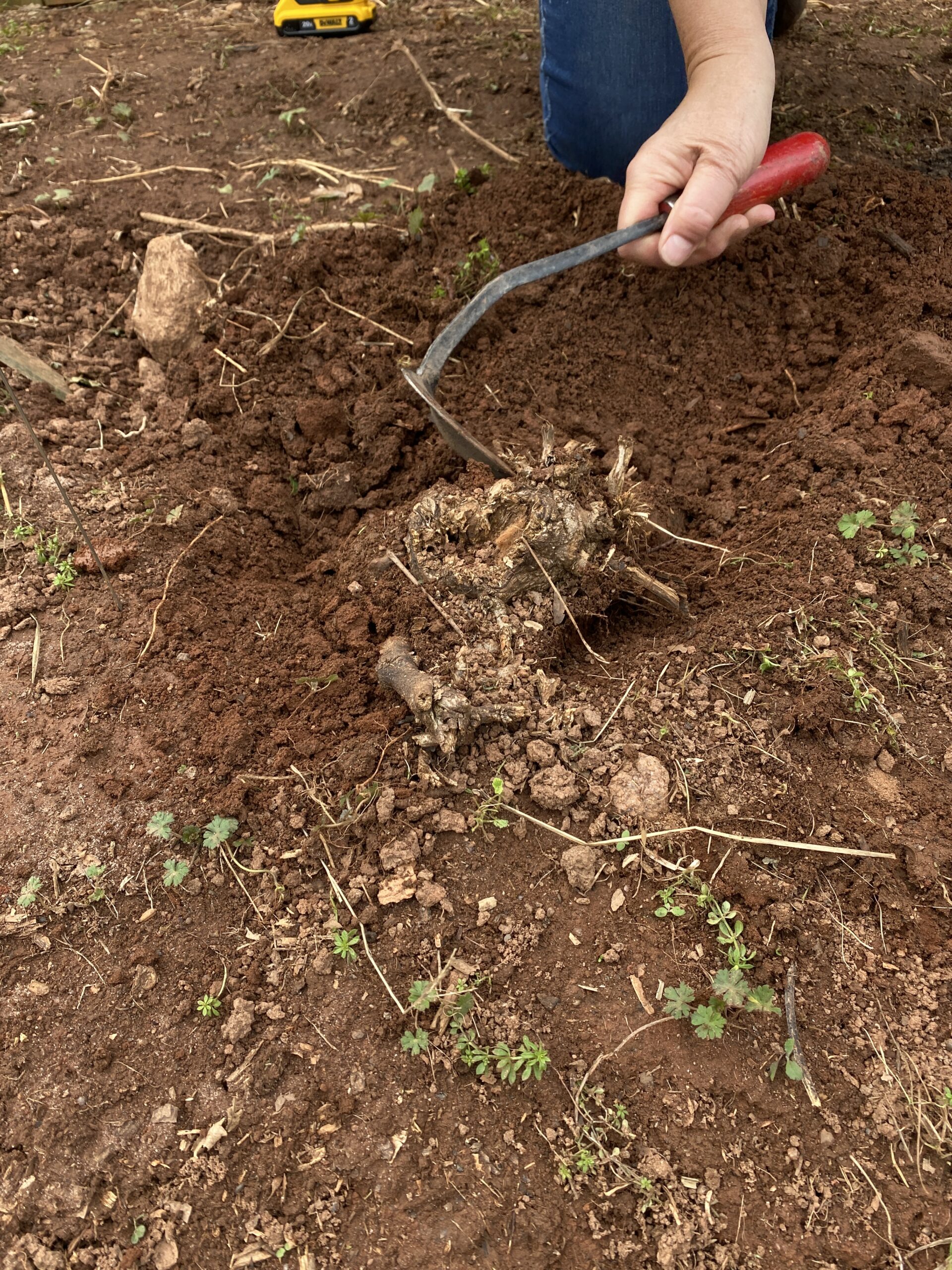
As you can see from the number of flags, we have had a kuzu problem. The kuzu was pushing in between the wooden boards of our fence, year after year, we kept trimming it back. This year we have taken a different tack. We had our friend Francis and his crew whack the kuzu back to the ground, which was great. But that would only be a respite of a few weeks from a plant that can grow twelve inches in a day. What could keep this invasive monster at bay?
We decided to try an experiment. The root of the Kuzu vine is very large, and at the end of fall, as it goes dormant, the plant packs it’s root with starches to kick start new growth the next spring. Taking some notes from our long human history of brewing, starches and sugars can serve as a food for yeast to make beer. Why not inject the roots with live apple cider vinegar? Would the live yeast feed on the starches and sugars the plant produces as it comes out of its winter dormant period?
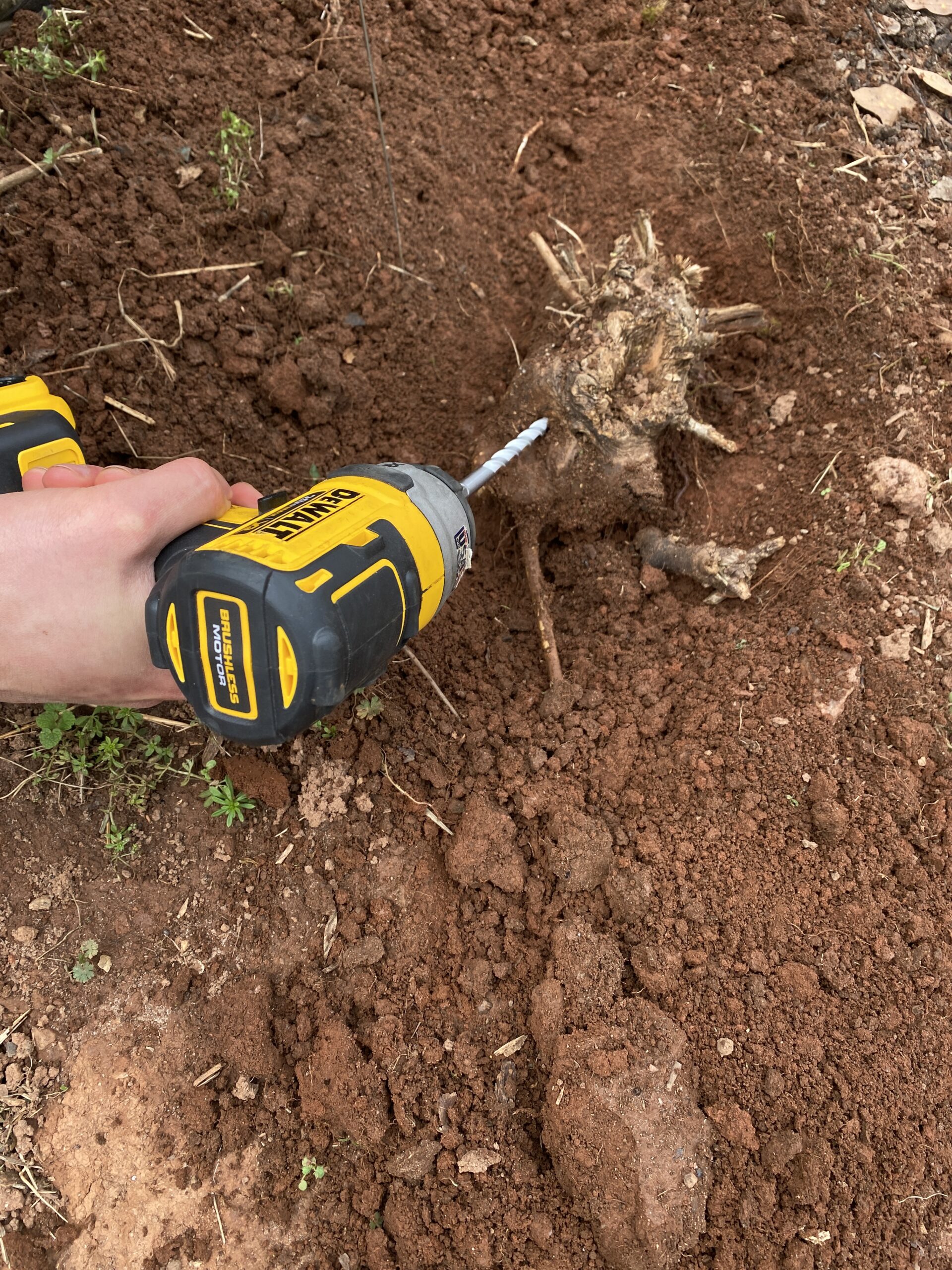
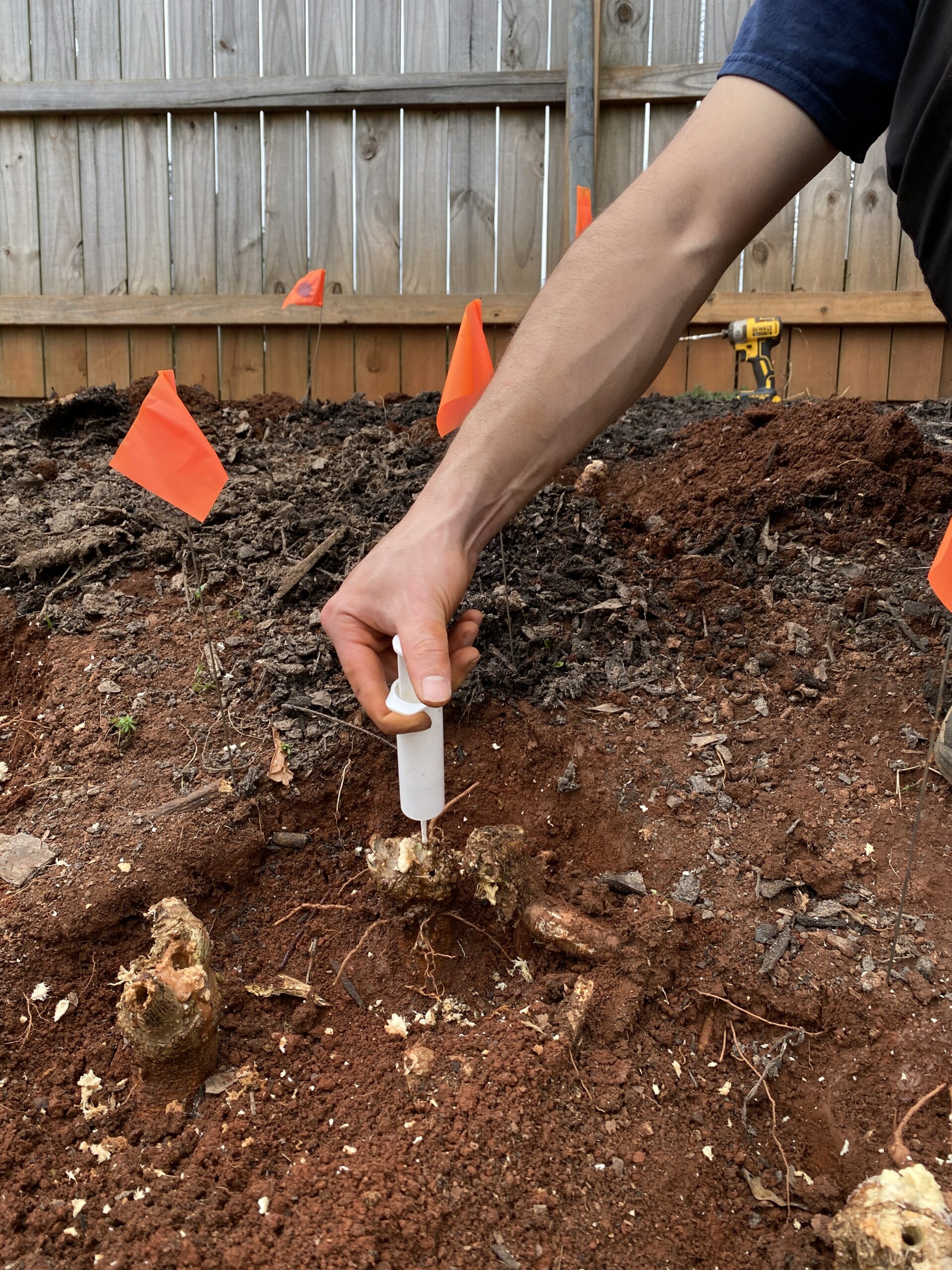
To the left you see Kelton inject a few ounces of live apple cider vinegar into a live kuzu root. Will the yeast start eating the starches in the root? Will the yeast start eating the sugars the root is producing as it ramps up it's spring growth? If the yeast does infect the root, will it weaken or kill the plant?
I don’t know.
Stay tuned, we are going to find out.
